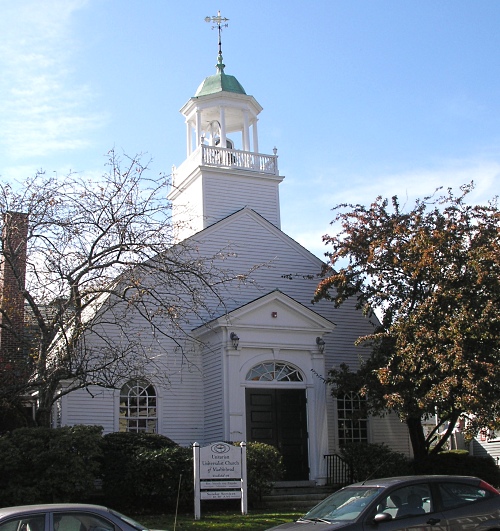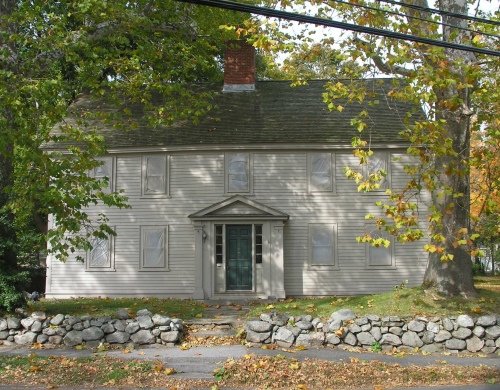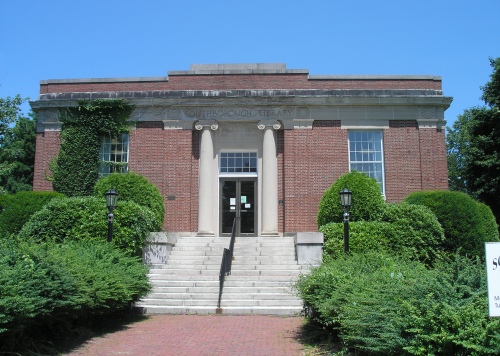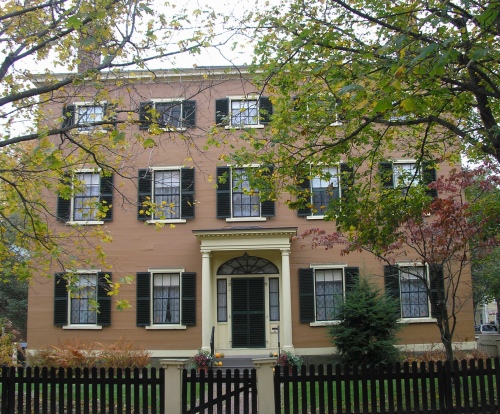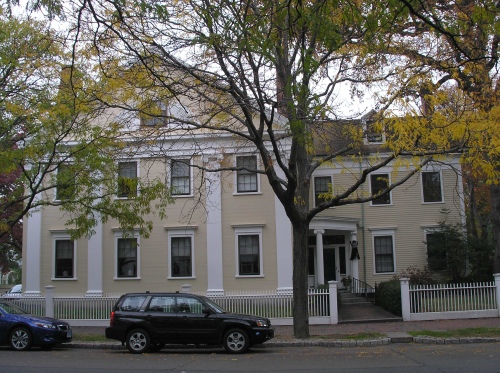Joseph Story House (1811)
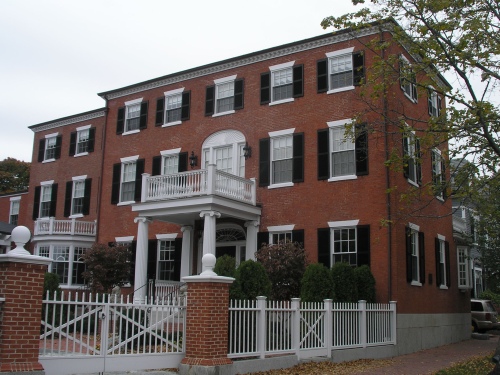
Joseph Story (1779-1845) was a lawyer and jurist who served on the Supreme Court of the United States from 1811 to 1845. He was also the author of a famous work of Commentaries on the Constitution of the United States. Story’s house, at 26 Winter Street in Salem, was constructed in 1811 by the builder Joshua Upham. Story’s son, the poet and sculptor, William Wetmore Story, was born in the house in 1819. The current entry porch and the side wing with bay window were added in the early twentieth century by owner George C. Vaughn, president of the Salem Safe Deposit & Trust Company. In 2006, artist Kathleen Ward-Salem, who was raised in the Story House, sold the residence to lawyer Neil Chayet, who has renovated the house, making it energy-efficient and environmentally friendly. The Story House has recently been LEED-certified.
